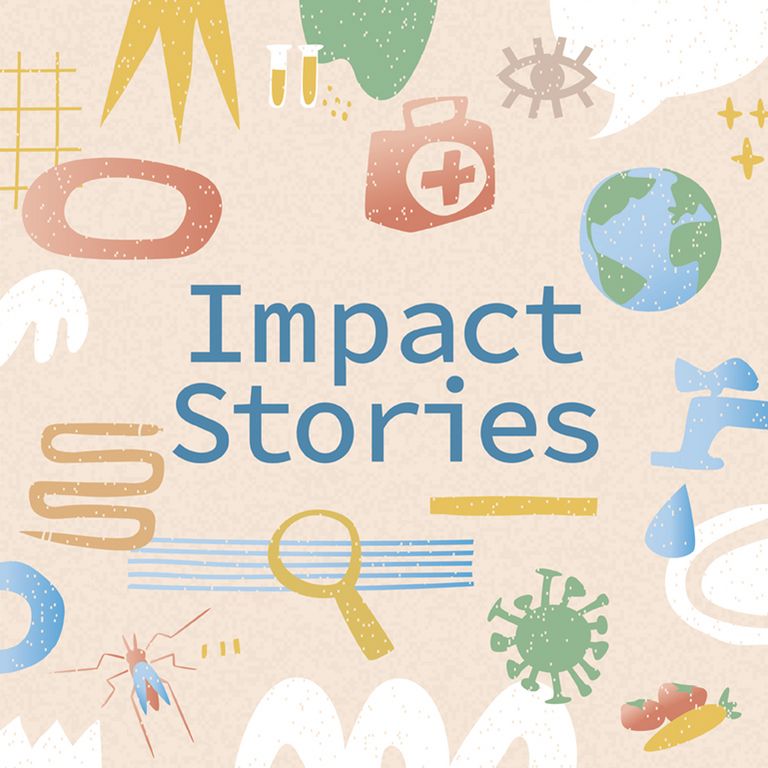


For academics, the platform is becoming more popular. Twitter allows you to easily promote your research and build your network by providing links to your professional achievements, journal articles, research findings or topics of interest and reach a large number of people through tweets and retweets. At first, having an additional social network account may look overwhelming; however learning how to use this tool in the right way is very straightforward.
Twitter, a social networking service that launched in July 2006, has over 330 million monthly active users. The main feature, the ‘tweet’ is a brief message limited to 280 characters, which can also be followed with a photo, video, website link and more.
For a new user, particularly one coming from an academic background, the main challenge may be to fit your message into a limited amount of characters after spending years perfecting complex writing and comprehensive research. Another common defense for Twitter resisting academics is time availability. However, it is possible to find a balance by setting your own time limits and using this tool intentionally. There are many benefits and great reasons for academics to join this virtual community, so let us dive into some of them!
Networking
The primary purpose of Twitter is to connect people and allow them to share their topics of interest with a wider audience. Wherever you are in the world, you can make conversation with academics across your discipline without actually knowing them in person. A quick tweet or retweet is enough to connect, start a discussion or catch their attention. You can build your own network by following accounts of interest and automatically you will see their tweets on your feed and will be able interact with them by commenting, liking and retweeting.
Staying in-the-know
Twitter is a great aggregator of news and potential networking and job opportunities. By following researchers, academics and institutions from your field, you can stay up to date with new discoveries, publications, grant calls, job availabilities and upcoming conferences. To help you find relevant tweets you can use hashtags (the ‘#’ symbol) followed by a keyword(s) to follow topics of relevant to you. As a start, some popular hashtags among academics are #TwitterAcademics and #PhDChat. Access to news, updates and trending topics has never been easier.
Online presence
Your twitter account is a bit like your business card mixed with your CV. It helps others learn more about you and what you do. Managing your professional online identity is critical nowadays. You should include basic information on your Twitter account like your profile photo and a short description of who you are, what you study and where you work (e.g. @SwissTPH). You can even add something about your interests and hobbies to make it a bit more personal.
Twitter is a great platform for self-promotion by sharing your latest achievements, publications, findings, awards and more. When someone or an organization shares something that you have posted, it reaches a wider audience on Twitter and improves your online visibility. You can use Twitter to build up your reputation, gain recognition as an expert in your respective field, and get your name out to an international and broader audience.
Being wary of the public eye
Despite all of the benefits of Twitter and the many reasons why you should set up your account and start tweeting, let’s go over the possible scenarios when you should be wary of what you tweet. There is a common saying on the internet that is “the internet never forgets, but people do”: it is important to be mindful of your digital footprint and exercise caution while on social media. We live in an era of screenshots and screen recordings, and while yes, you can delete your tweet, someone, somewhere, could have already created a copy of it. People have lost their jobs, endorsement deals, had their flights cancelled, been disinvited to speak on a panel and made news headlines for sending out the wrong tweet.
Alternative facts
Be cautious about sharing false or misleading claims. If your profile description shows all of your institutional affiliations, you are seen as an extension and by virtue of that, people are likely to believe what you have to say. Even if you strongly believe in certain messages that go against that of your organization, it is best to share these opinions privately and not on the internet in front of millions of users. Think of Twitter as a tool to help you add value, educate, and enlighten people about your field of interest or those related to it.
Sharing imagery and data without consent
As academics, we understand that images and data have metadata. For example that x-ray scan of a study participant, pictures of children and people from your fieldwork or a few rows of clinical data to show how busy you are with your research, should not be shared on the internet without expressed authorization and consent. Personal data is meant to be protected so when in doubt, post a meme instead, your doodle or an artistic graph without its axes and title.
Before creating your account, in order to take full advantage and enjoy the thrills of Twitter, decide what type of voice and image you want to have, what kind of content you will provide, who your audience is and what messages you want to share – in line with your organization’s or affiliation’s goals! Happy tweeting!

Masa Davidović, Swiss TPH
Twitter: @dav_masa

Temi Adebayo, Swiss TPH
Twitter: @itstemiadebayo